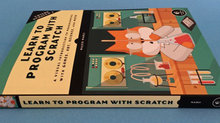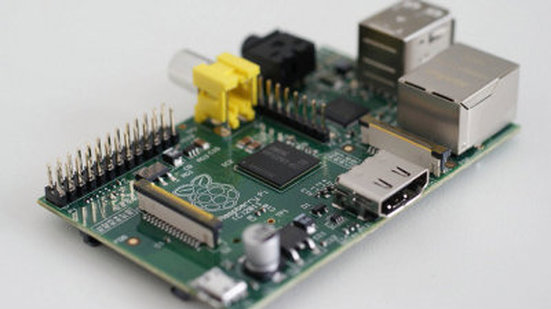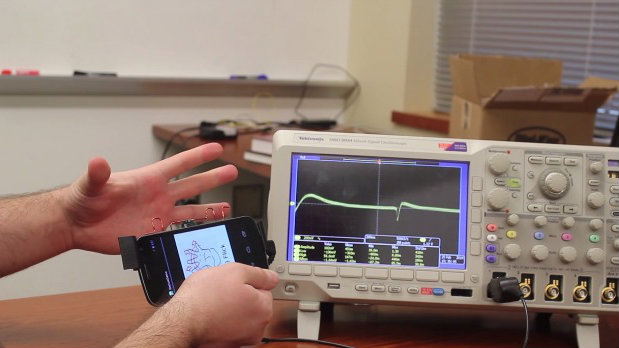|
Raspberry Pi Chalks Up Sales Of 2.5M+ As It Turns Two — $10K Bounty Offered For Opening Its Blob
Happy Birthday Raspberry Pi! The low-cost Linux microcomputer has just turned two years old. And boy how it’s grown.
The Cambridge, U.K.-based creators of the $25/$35 credit-card sized computer thought they would only ever sell a few thousand units when they started their project. In the event, they sold 100,000 units of the Model B Pi on the very first day. Global sales of all Pi models have now pushed passed 2.5 million, up from1.75 million back in October. The Pi continues to be used in all manner of creative ways — including as a learning platform for teaching kids about computers and coding, which was actually the original mission of the Pi Foundation. And also as a plaything for adults, with makers and fully-fledged startup businesses using it to power all manner of cool stuff. Long may it continue. As Pi continues to grow, the not-for-profit Pi Foundation has just kicked off a competition — offering a $10,000 bounty — to help open source the graphics drivers running on Pi. Currently the Pi required a block of closed-source binary driver code (aka a blob) to talk to the hardware — but the chipmaker, Broadcom, has just released the source code for another similar chip. And the Pi Foundation is looking for help porting this to Pi so users can bypass its blob and get proper access to the graphics core. Full details below. If you’re interested in taking part in the global competition (which has no end date — continuing, presumably, until someone is able to do the deed), the competition rules can be found here. In common with every other ARM-based SoC, using the VideoCore IV 3d graphics core on the Pi requires a block of closed-source binary driver code (a “blob”) which talks to the hardware. In our case, this blob runs on the VPU vector processor of the BCM2835 (the SOC or System On a Chip at the heart of the Raspberry Pi); our existing open-source graphics drivers are a thin shim running on the ARM11, which talks to that blob via a communication driver in the Linux kernel. The lack of true open-source graphics drivers and documentation is widely acknowledged to be a significant problem for Linux on ARM, as it prevents users from fixing driver bugs, adding features and generally understanding what their hardware is doing. Source: TechCrunch
Liked this? Share it!
|
We Share Stories Like this Every Day
Follow us to get your Daily Tech Recap! Latest Geeky Goodness:







Meanwhile, In Japan...
[Humour] 















|
| Recaply Copy |
|







